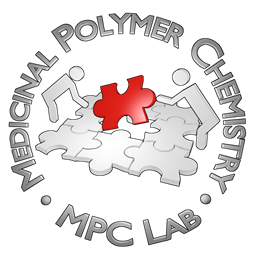Artificial Receptor in Synthetic Cells Performs Transmembrane Activation of Proteolysis
Søgaard, A. B., Løvschall, K. B., Montasell, M. C., Cramer C. B., Marcet, P. M., Pedersen, A. B., Jakobsen, J. H., Zelikin, A. N., Artificial Receptor in Synthetic Cells Performs Transmembrane Activation of Proteolysis. Adv. Biology 2024, 2400053.
https://doi.org/10.1002/adbi.202400053
Abstract
The design of artificial, synthetic cells is a fundamentally important and fast-developing field of science. Of the diverse attributes of cellular life, artificial transmembrane signaling across the biomolecular barriers remains a high challenge with only a few documented successes. Herein, the study achieves signaling across lipid bilayers and connects an exofacial enzymatic receptor activation to an intracellular biochemical catalytic response using an artificial receptor. The mechanism of signal transduction for the artificial receptor relies on the triggered decomposition of a self-immolative linker. Receptor activation ensues its head-to-tail decomposition and the release of a secondary messenger molecule into the internal volume of the synthetic cell. Transmembrane signaling is demonstrated in synthetic cells based on liposomes and mammalian cell-sized giant unilamellar vesicles and illustrates receptor performance in cell mimics with a diverse size and composition of the lipid bilayer. In giant unilamellar vesicles, transmembrane signaling connects exofacial receptor activation with intracellular activation of proteolysis. Taken together, the results of this study take a step toward engineering receptor-mediated, responsive behavior in synthetic cells.

